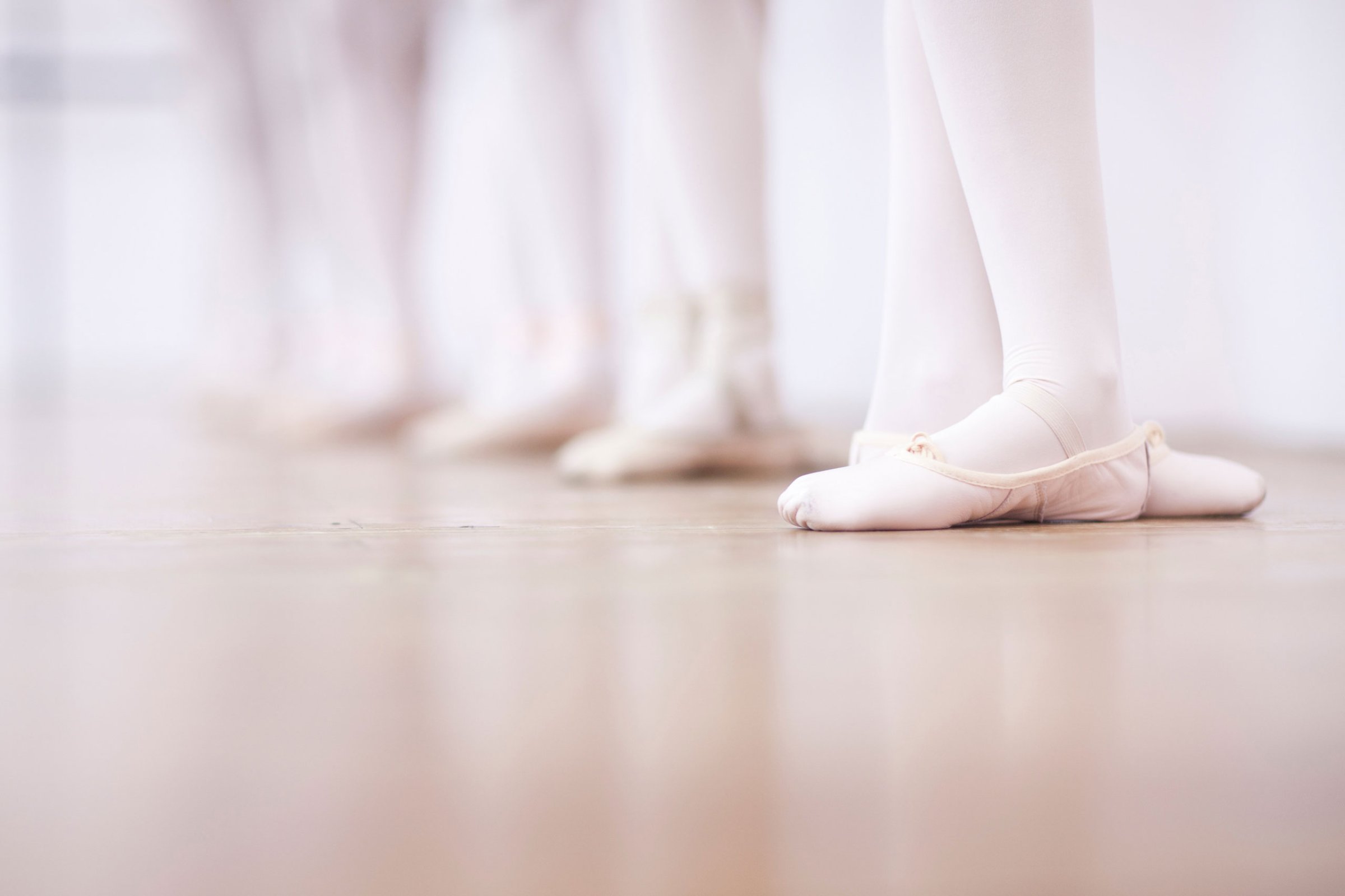
Signing up your kid for ballet class might seem like a great way to get them some exercise. But when ranked against other forms of dance in terms of how much exercise it provides, ballet class didn’t even come close to first position.
“People are very aware of the obesity epidemic but not as concerned as they should be about the low levels of activity in our country,” says study author James Sallis, distinguished professor of family and preventive medicine at the University of California, San Diego, and author of the new study published in the journal Pediatrics. The U.S. Department of Health and Human Services recommends that American children and adolescents get an hour of moderate-to-vigorous physical activity each day, but many fall short — especially girls, who are consistently found to be less active than boys, he says.
But most kinds of dance aren’t helping close that gender gap, Sallis and his team found. Researchers studied the activity levels of 264 girls in two age ranges: children ages 5 to 10 and adolescents ages 11 to 18. The dancers were outfitted with accelerometers to measure the intensity of their movements. In total, the researchers measured levels in 66 dance classes of a wide range of styles: ballet, jazz, hip-hop, flamenco, salsa, tap and partnered dance like swing and ballroom.
Only 8% of children and 6% of adolescents achieved the 30-minute recommendation for after-school moderate-to-vigorous exercise.

In children, the type of dance really mattered. Hip-hop was the most active kind of dance, with 57% of class time being devoted to moderate-to-vigorous physical activity. Jazz took second place, followed by partnered class, tap, salsa and finally ballet, where 30% of class is spent in moderate-to-vigorous activity. (The rest of the class, as any once-tiny dancer will remember, was spent stretching, standing and listening to the teacher, the study found.) Flamenco class came in last, with 14% of class spent in substantial exercise.
But in adolescents, dance forms were much more similar in terms of the exercise they provided. Ballet actually rose in the ranks to first place, matching hip-hop in intensity. About 30% of both kinds of dance classes are moderate-to-vigorous for adolescents.
“Dance is a golden opportunity to contribute to the health of girls while they’re enjoying moving and being with their friends and building their physical competence and all the other things that dance does,” Sallis says. He and his team found that when kids are just learning a skill or a step, they’re not particularly active — until they put multiple steps together in a routine. “That’s when most of the activity takes place,” he says, and by teaching fewer steps and practicing more combinations, instructors can really make dance class count.
More Must-Reads From TIME
- The 100 Most Influential People of 2024
- The Revolution of Yulia Navalnaya
- 6 Compliments That Land Every Time
- What's the Deal With the Bitcoin Halving?
- If You're Dating Right Now , You're Brave: Column
- The AI That Could Heal a Divided Internet
- Fallout Is a Brilliant Model for the Future of Video Game Adaptations
- Want Weekly Recs on What to Watch, Read, and More? Sign Up for Worth Your Time
Write to Mandy Oaklander at mandy.oaklander@time.com